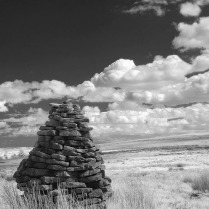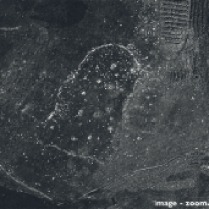Wandering Red Way onto Near Moor

Near Moor is a moor on the western margins of the Cleveland Hills. The moor is at its highest in the north-east where it meets the wooded escarpment edge of the Cleveland hills, it then slopes gently southwards towards Crabdale. Near moor is bounded by Far Moor To the East, Pamperdale Moor to the South and the valley of Scarth Nick and Scarth Wood Moor to the west.



The moor is managed for grouse shooting. The vegetation of the moor is predominantly heather with patches of moorland grasses and sedges.


The rocks here are mainly Jurassic Sandstones, formed 170 million years ago in shallow estuaries and deltas. To the north, below the escarpment edge, there are many old jet workings. Blocks of ‘White Flint’ can be found on the moor-top.





Both Near Moor and the adjacent Scarth Wood Moor were used by our ancient ancestors, there are the remains of ancient walls, enclosures, trackways and cairns dotted across both moors.




There are a number of cup-marked rocks on the moor, all are very weathered and barely recognisable.


There are the remains of quarries on the margins of the moor, local stone masons also used the prehistoric walls as a source of stone.







